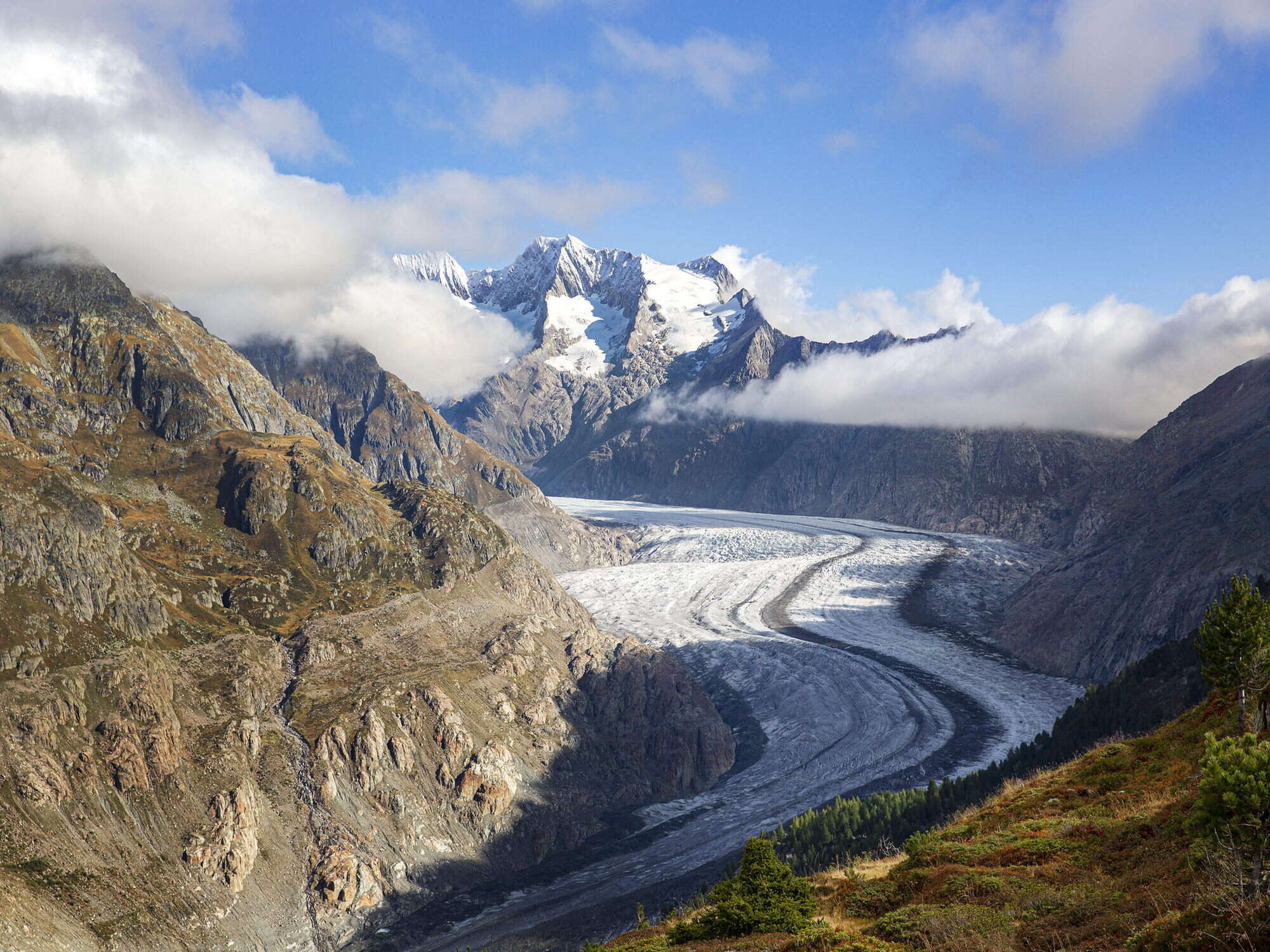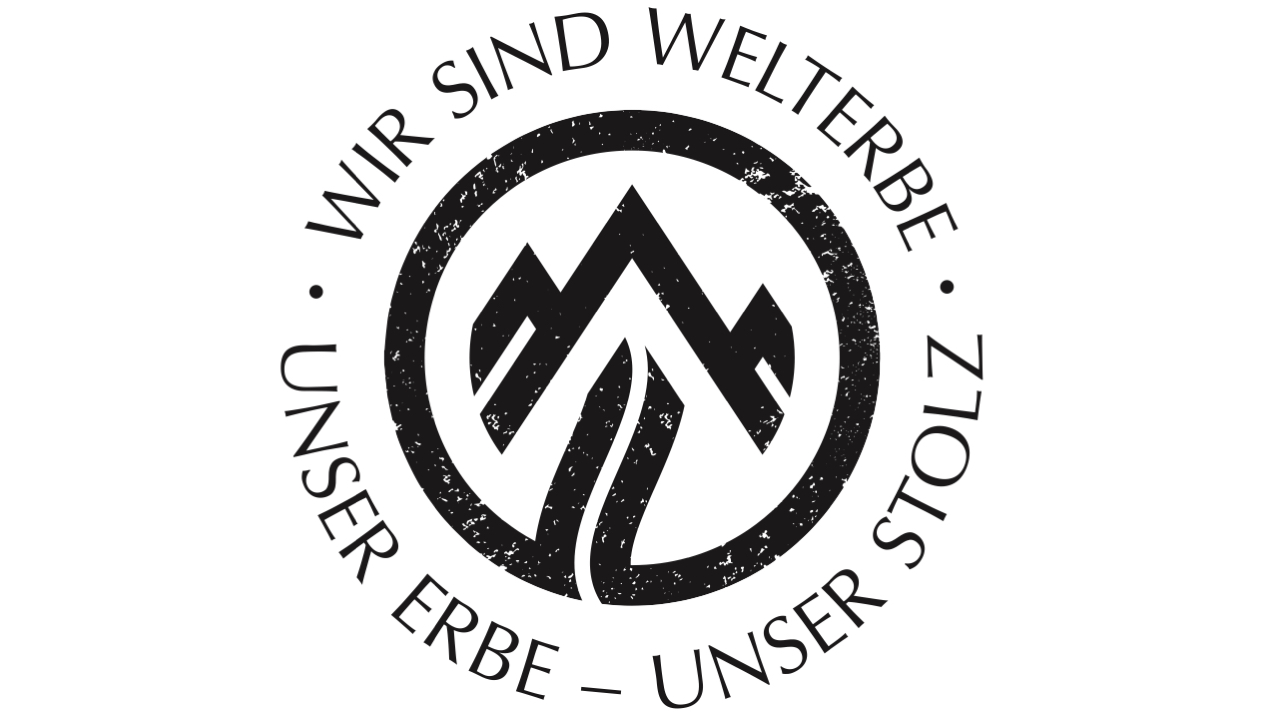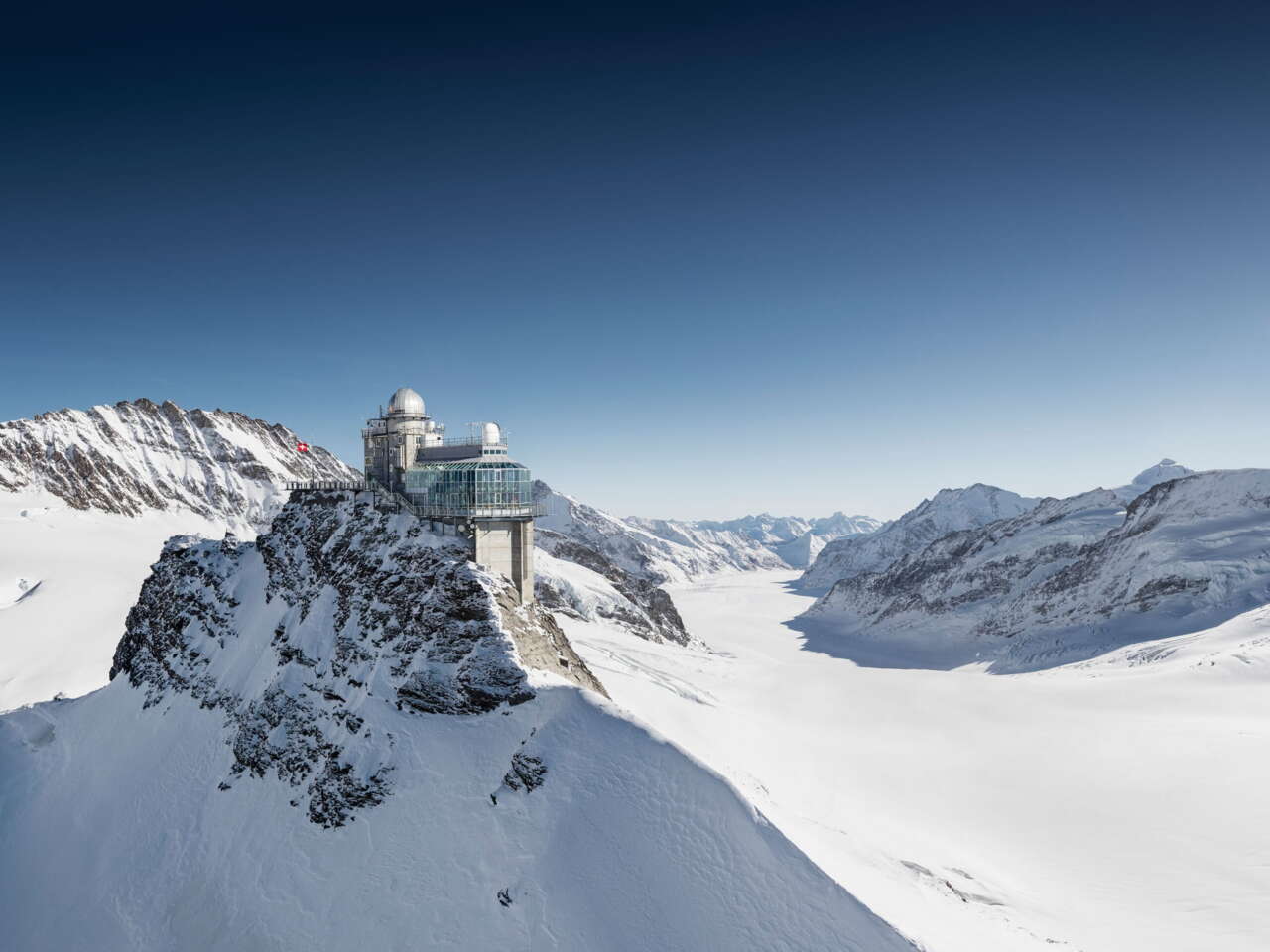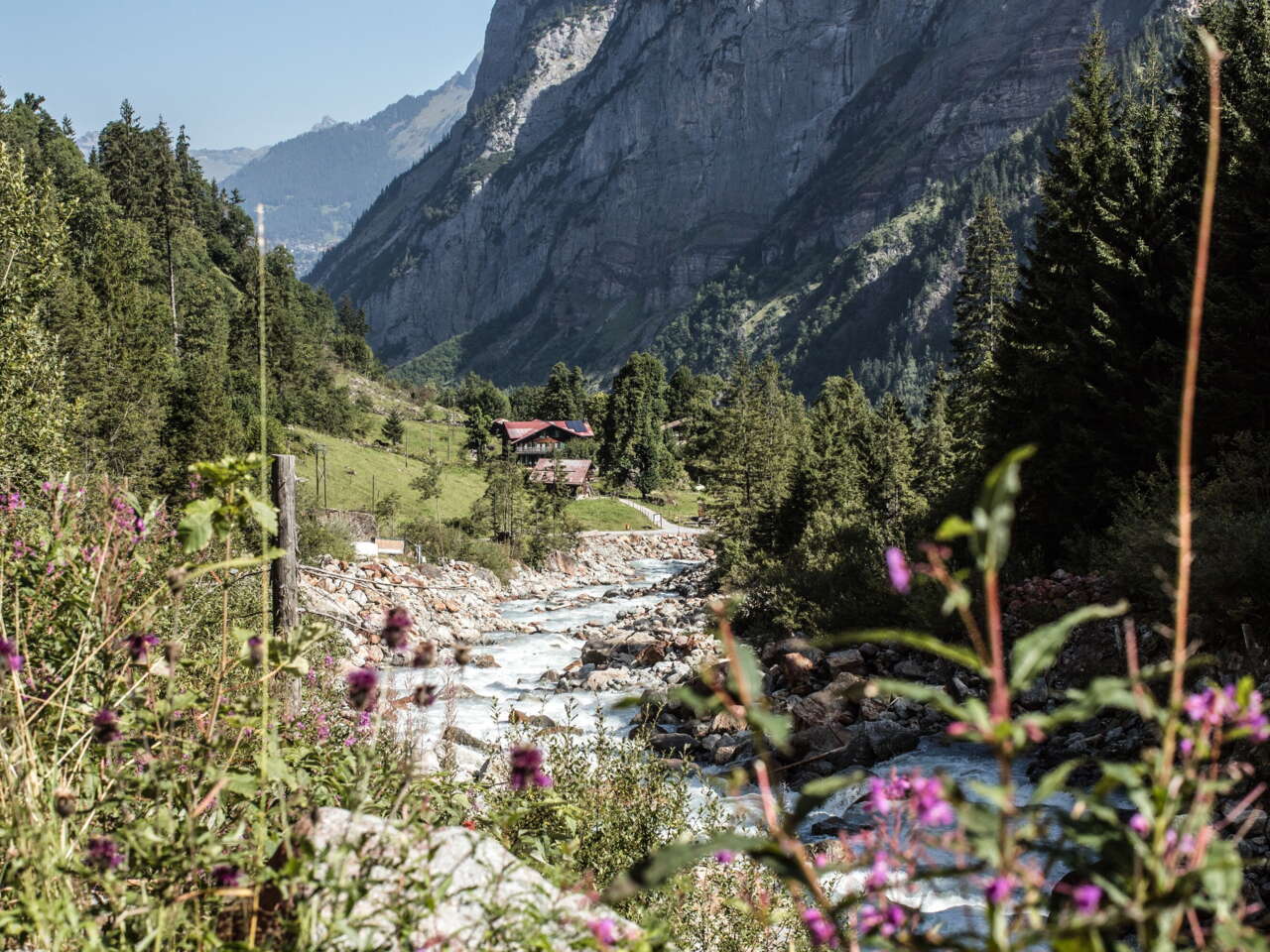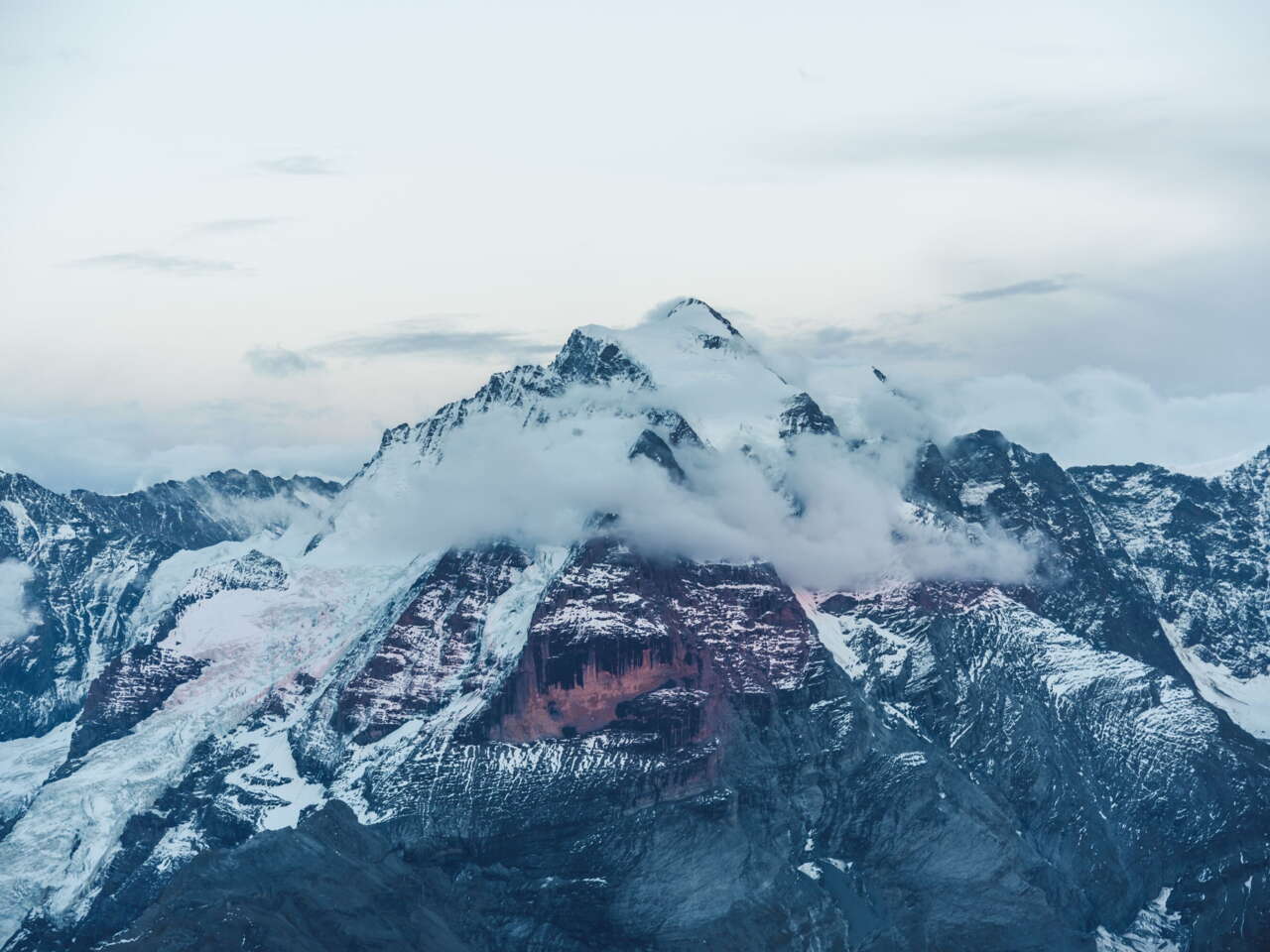Briefly explained
Diversity worth protecting
The UNESCO World Heritage Swiss Alps Jungfrau-Aletsch covers an area of 824 km2. 85 per cent of the area lies at an altitude of more than 2,000 m above sea level. The World Heritage label is the highest distinction that can be bestowed on a natural landscape and it comes with an obligation to preserve its splendour for the next generation.
Summer hiking
Explore a world heritage site
Explore our UNESCO World Heritage Site this summer: check out the themed trails, multi-hour hikes, leisurely walks and digital puzzle and adventure trails.
Guided tours
Across the Aletsch Glacier in two days
Hike across the largest glacier in the Alps with an experienced mountain guide. Or why not climb the Finsteraarhorn, the tallest peak in the Jungfrau Region? Get expert advice by clicking below.
Partnership
Grindelwald’s partnership with UNESCO
In 2001, the area around the Eiger, Mönch, Jungfrau and the Great Aletsch Glacier was recognised as a UNESCO World Heritage Site. Grindelwald and UNESCO are now ramping up their cooperation on three fronts. One of the initiatives is the launch of four new themed trails.


